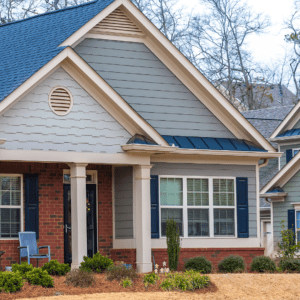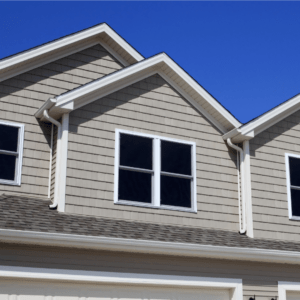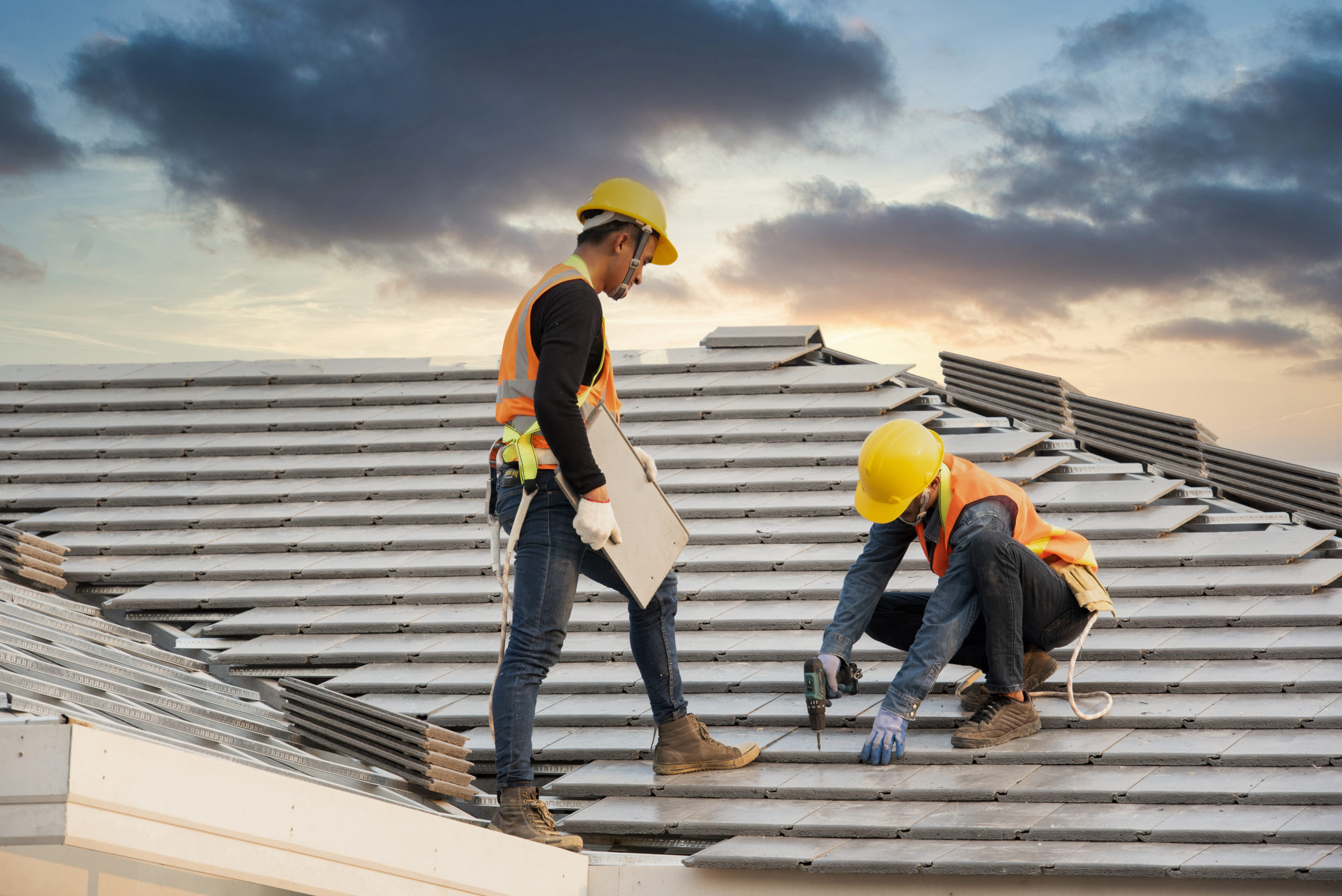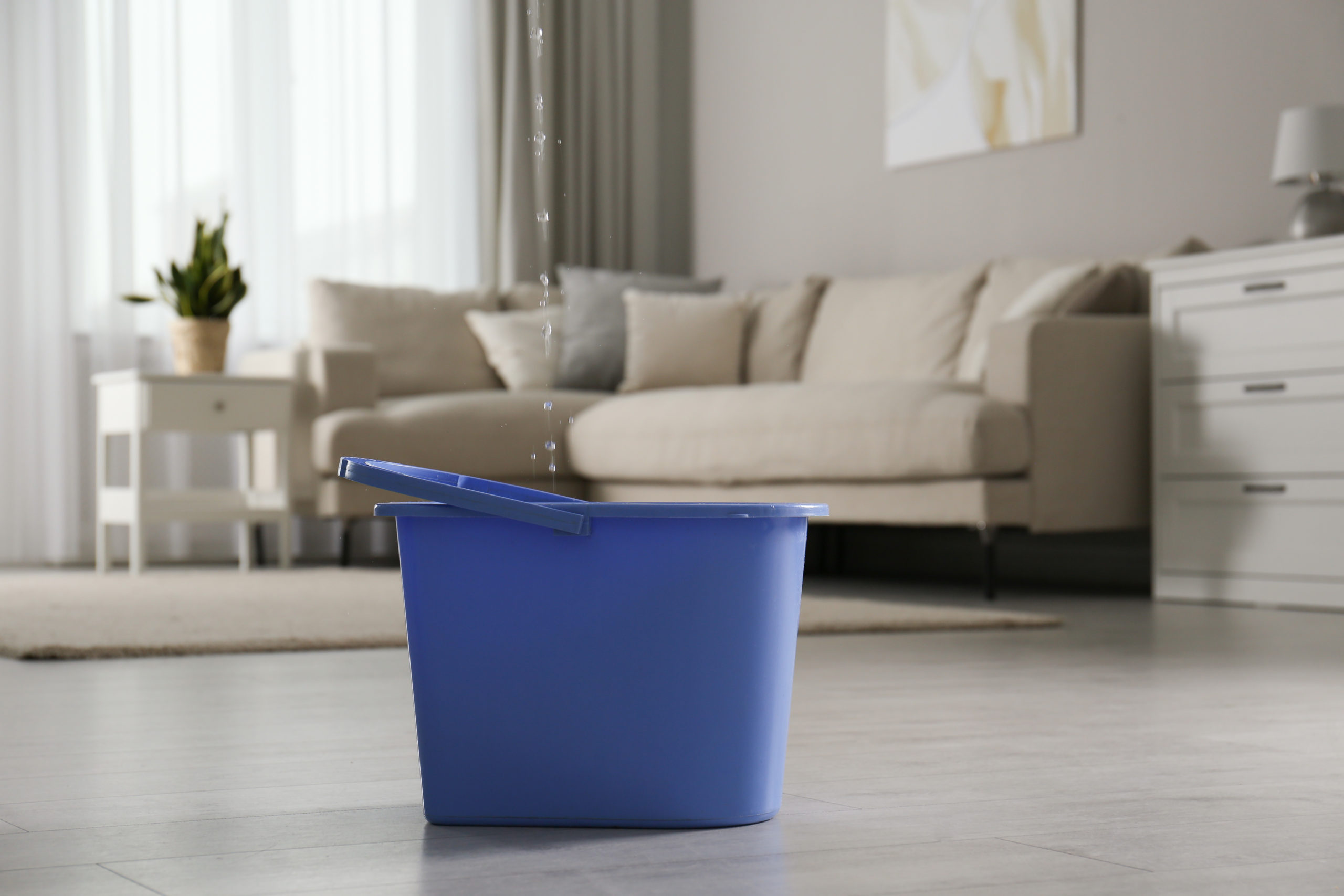When it comes to exterior siding options for your home, two popular choices often come to mind: James Hardie and vinyl siding. Both of these materials have their own unique set of advantages and drawbacks, making the decision a significant one for homeowners. In this article, we’ll explore the key differences between James Hardie and vinyl siding to help you make an informed decision about which is the right choice for your home.


James Hardie Siding
James Hardie, a company with a long history in the construction industry, is renowned for its fiber cement siding products. These products are made from a combination of cement, wood fiber, and other additives. James Hardie is known for its durability and resilience, making it a popular choice for homeowners seeking a low-maintenance and long-lasting solution.
Advantages of James Hardie Siding:
- Durability: James Hardie is highly durable and resistant to rot, pests, and fire. It can withstand harsh weather conditions, making it suitable for various climates.
- Aesthetic Versatility: James Hardie comes in a wide range of colors and styles, allowing homeowners to achieve the look they desire, whether it’s a classic or modern appearance.
- Low Maintenance: While it requires periodic painting or staining, James Hardie generally has a longer lifespan compared to other materials. It does not warp, crack, or peel over time.
- Environmental Friendliness: James Hardie is eco-friendly as it is made from sustainable materials and is 100% recyclable.
Vinyl Siding
Vinyl siding, on the other hand, is a synthetic material made from polyvinyl chloride (PVC). It has been a popular choice for homeowners for many years due to its affordability and ease of installation. However, it also comes with its own set of advantages and disadvantages.
Advantages of Vinyl Siding:
- Affordability: Vinyl is typically less expensive to purchase and install than James Hardie, making it a budget-friendly option for many homeowners.
- Low Maintenance: Vinyl siding is virtually maintenance-free. It doesn’t require painting, and it is resistant to rot and pests.
- Variety of Styles and Colors: Similar to James Hardie, vinyl siding offers a wide range of style and color options, allowing homeowners to customize their home’s appearance.
- Insulation Options: Vinyl siding can be installed with insulation, which can improve energy efficiency and reduce heating and cooling costs.
Comparison
Now that we’ve explored the advantages of both James Hardie and vinyl siding, let’s compare these two materials based on different factors.
- Durability: James Hardie is generally more durable and can withstand extreme weather conditions, whereas vinyl may be susceptible to cracking and fading over time.
- Maintenance: While vinyl siding is low-maintenance, James Hardie siding requires occasional painting or staining. However, the maintenance required for James Hardie siding is less frequent compared to other wood-based sidings.
- Aesthetic Options: Both materials offer a wide range of styles and colors, providing homeowners with design flexibility.
- Cost: Vinyl siding is more cost-effective initially, but James Hardie siding may prove to be a better long-term investment due to its durability.
- Environmental Impact: James Hardie siding is considered more eco-friendly due to its use of sustainable materials and recyclability.
Conclusion
Choosing between James Hardie siding and vinyl siding ultimately depends on your specific needs, budget, and aesthetic preferences. If you’re looking for a cost-effective and low-maintenance option, vinyl siding may be the right choice. However, if durability and long-term value are your top priorities, James Hardie siding is worth considering.
Before making a decision, it’s essential to consult with a siding professional who can assess your home’s unique requirements and provide expert guidance. In the end, the choice you make should align with your vision for your home and your long-term goals for maintenance and appearance.
Introduction
When it comes to exterior options for your home, two popular choices often come to mind: James Hardie and vinyl. Both of these materials have their own unique set of advantages and drawbacks, making the decision a significant one for homeowners. In this article, we’ll explore the key differences between James Hardie and vinyl siding to help you make an informed decision about which is the right choice for your home.
James Hardie Siding
James Hardie, a company with a long history in the construction industry, is renowned for its fiber cement siding products. These products are made from a combination of cement, wood fiber, and other additives. James Hardie is known for its durability and resilience, making it a popular choice for homeowners seeking a low-maintenance and long-lasting solution.
Advantages of James Hardie Siding:
- Durability: James Hardie siding is highly durable and resistant to rot, pests, and fire. It can withstand harsh weather conditions, making it suitable for various climates.
- Aesthetic Versatility: James Hardie comes in a wide range of colors and styles, allowing homeowners to achieve the look they desire, whether it’s a classic or modern appearance.
- Low Maintenance: While it requires periodic painting or staining, James Hardie siding generally has a longer lifespan compared to other siding materials. It does not warp, crack, or peel over time.
- Environmental Friendliness: James Hardie is eco-friendly as it is made from sustainable materials and is 100% recyclable.
Vinyl Siding
Vinyl siding, on the other hand, is a synthetic material made from polyvinyl chloride (PVC). It has been a popular choice for homeowners for many years due to its affordability and ease of installation. However, it also comes with its own set of advantages and disadvantages.
Advantages of Vinyl Siding:
- Affordability: Vinyl siding is typically less expensive to purchase and install than James Hardie siding, making it a budget-friendly option for many homeowners.
- Low Maintenance: Vinyl siding is virtually maintenance-free. It doesn’t require painting, and it is resistant to rot and pests.
- Variety of Styles and Colors: Similar to James Hardie, vinyl offers a wide range of style and color options, allowing homeowners to customize their home’s appearance.
- Insulation Options: Vinyl siding can be installed with insulation, which can improve energy efficiency and reduce heating and cooling costs.
Comparison
Now that we’ve explored the advantages of both James Hardie and vinyl, let’s compare these two materials based on different factors.
- Durability: James Hardie is generally more durable and can withstand extreme weather conditions, whereas vinyl may be susceptible to cracking and fading over time.
- Maintenance: While vinyl is low-maintenance, James Hardie requires occasional painting or staining. However, the maintenance required for James Hardie is less frequent compared to other wood-based sidings.
- Aesthetic Options: Both materials offer a wide range of styles and colors, providing homeowners with design flexibility.
- Cost: Vinyl is more cost-effective initially, but James Hardie may prove to be a better long-term investment due to its durability.
- Environmental Impact: James Hardie is considered more eco-friendly due to its use of sustainable materials and recyclability.
Conclusion
Choosing between James Hardie siding and vinyl ultimately depends on your specific needs, budget, and aesthetic preferences. If you’re looking for a cost-effective and low-maintenance option, vinyl siding may be the right choice. However, if durability and long-term value are your top priorities, James Hardie is worth considering.
Before making a decision, it’s essential to consult with a siding professional who can assess your home’s unique requirements and provide expert guidance. In the end, the choice you make should align with your vision for your home and your long-term goals for maintenance and appearance. For more information check out the James Hardie articles.


